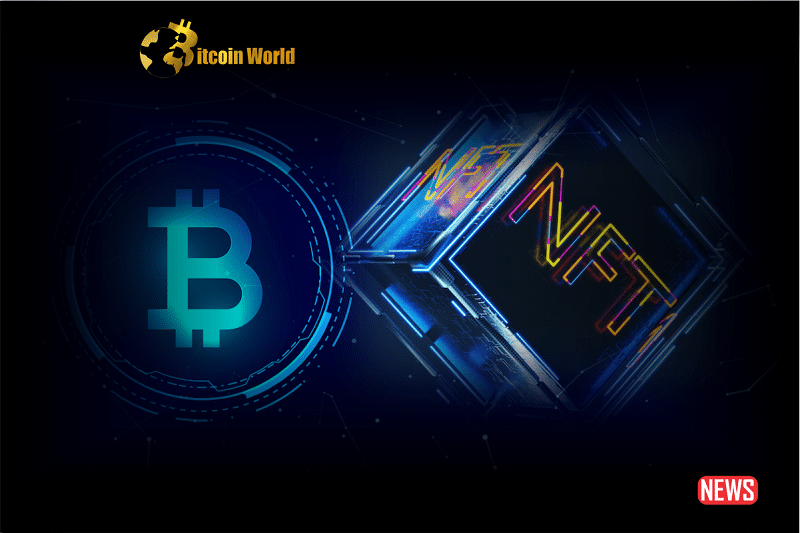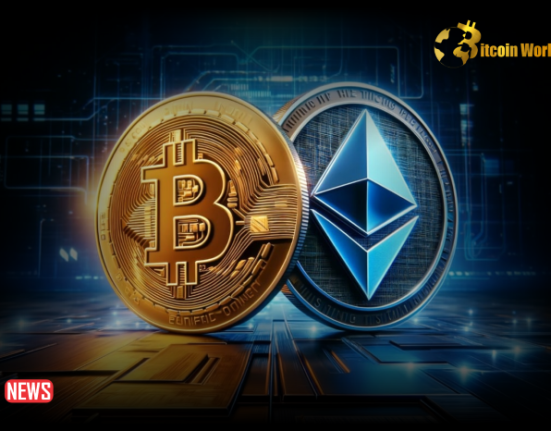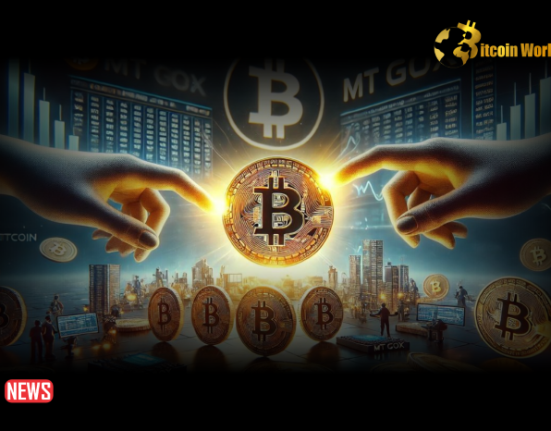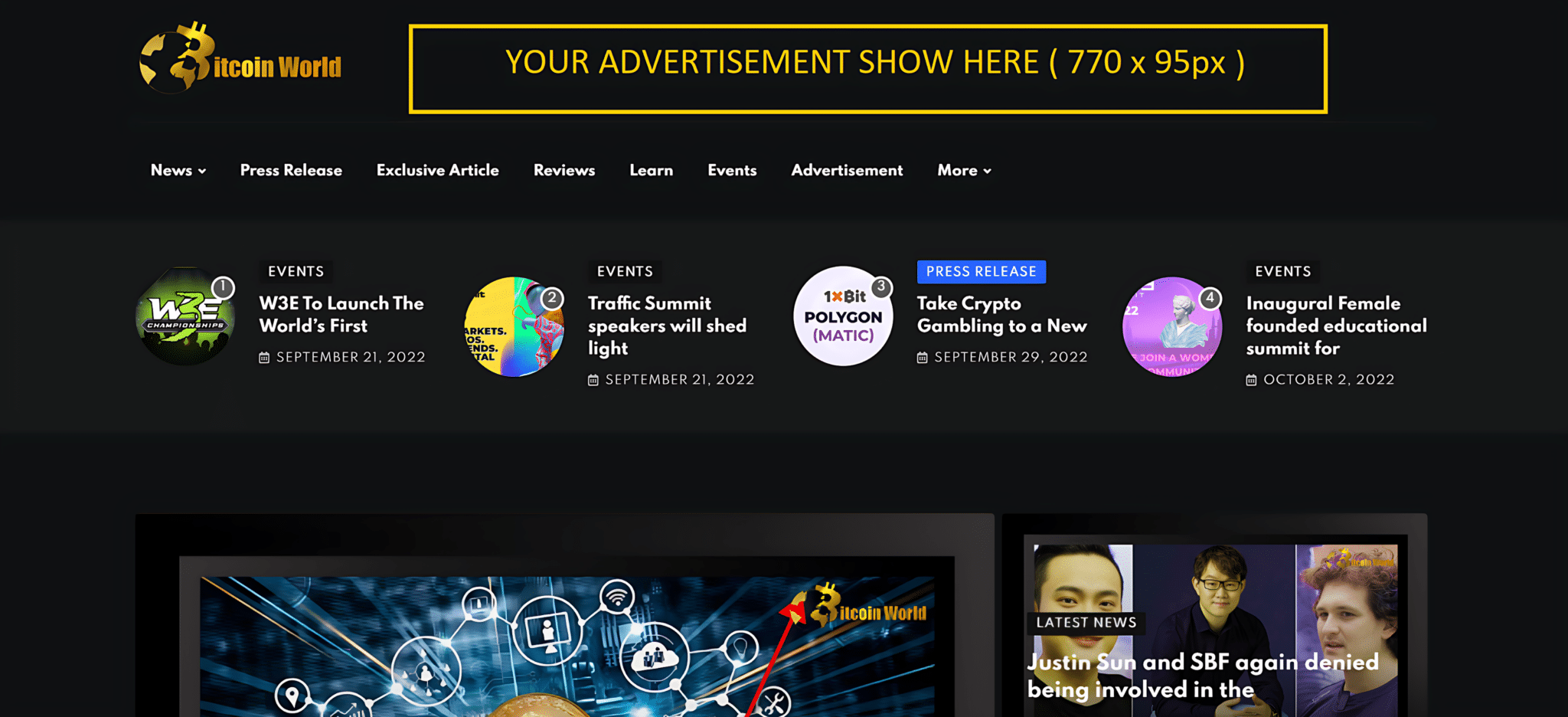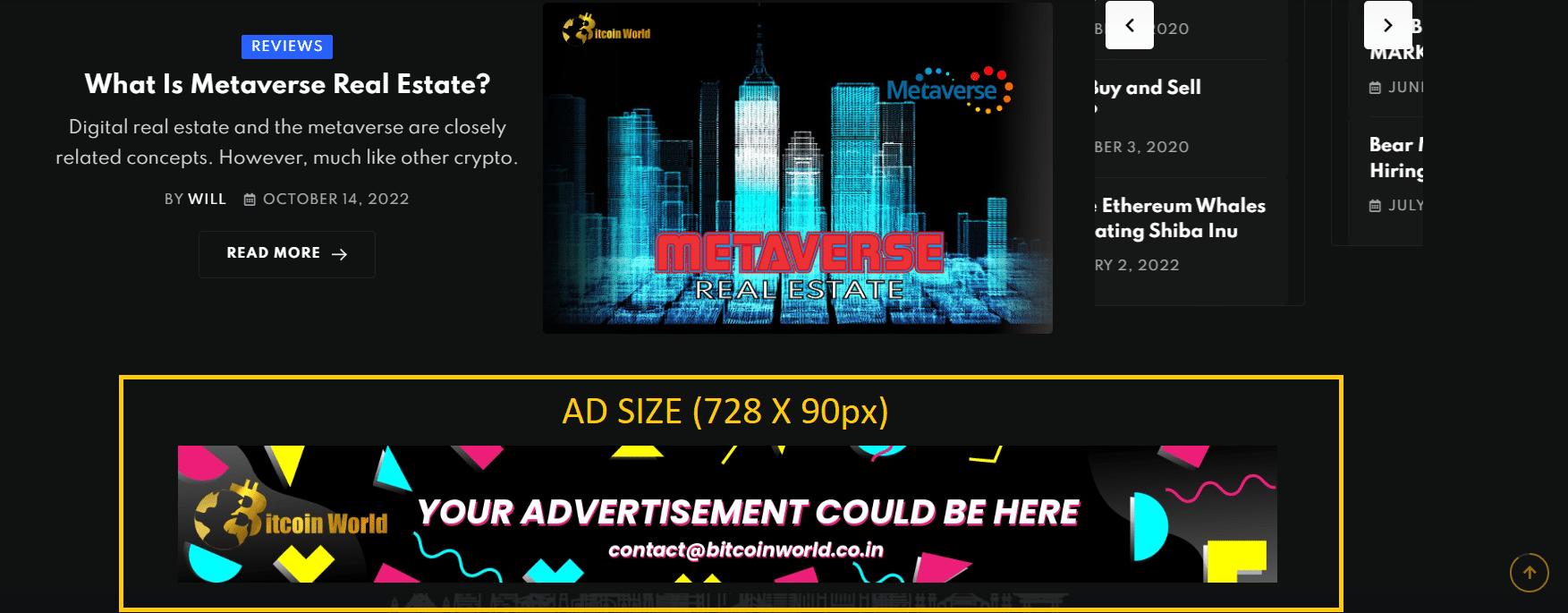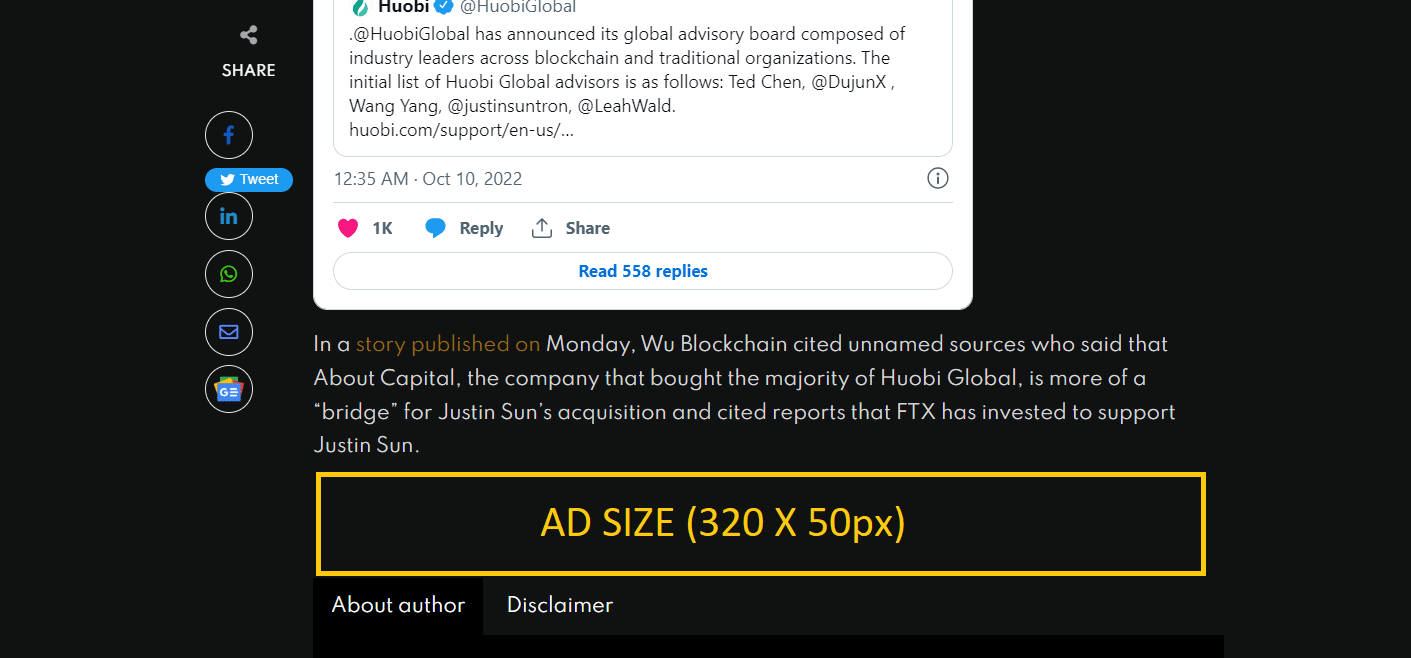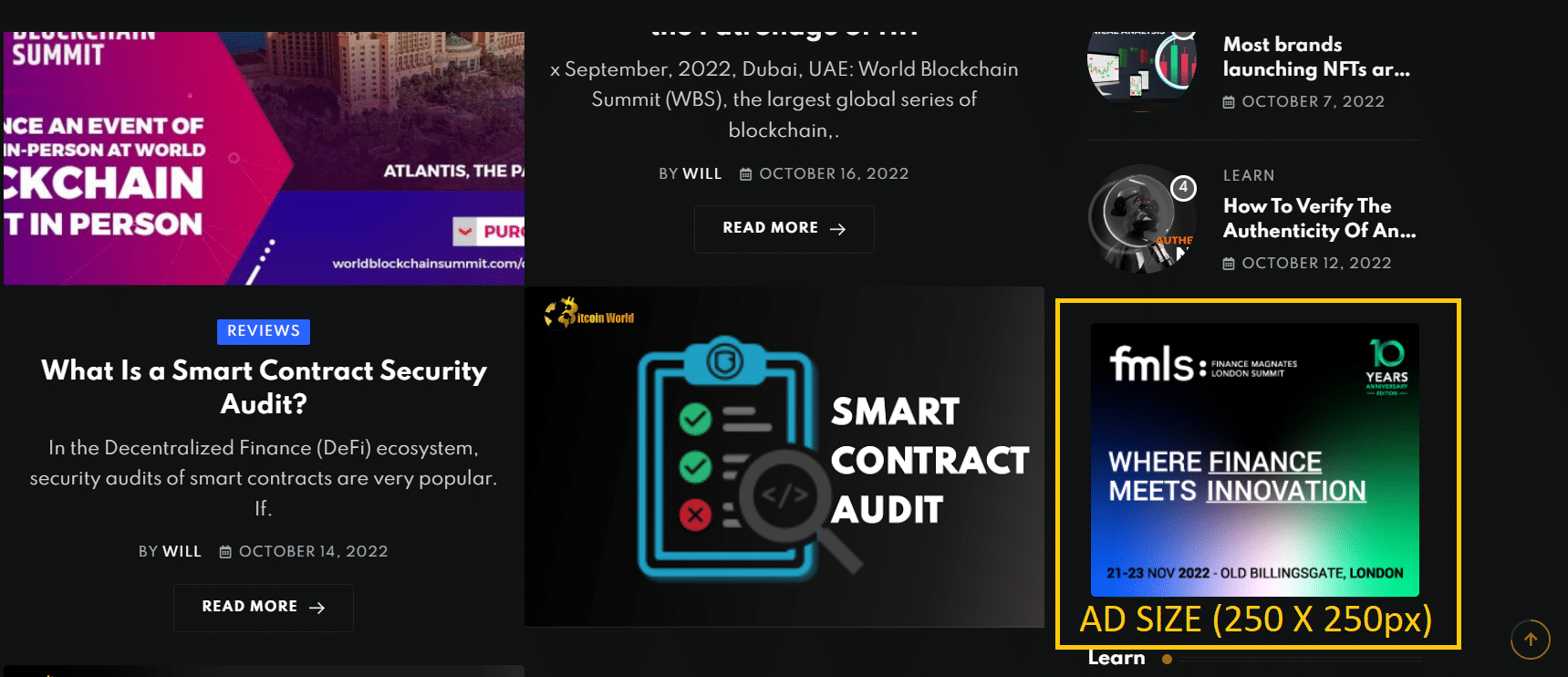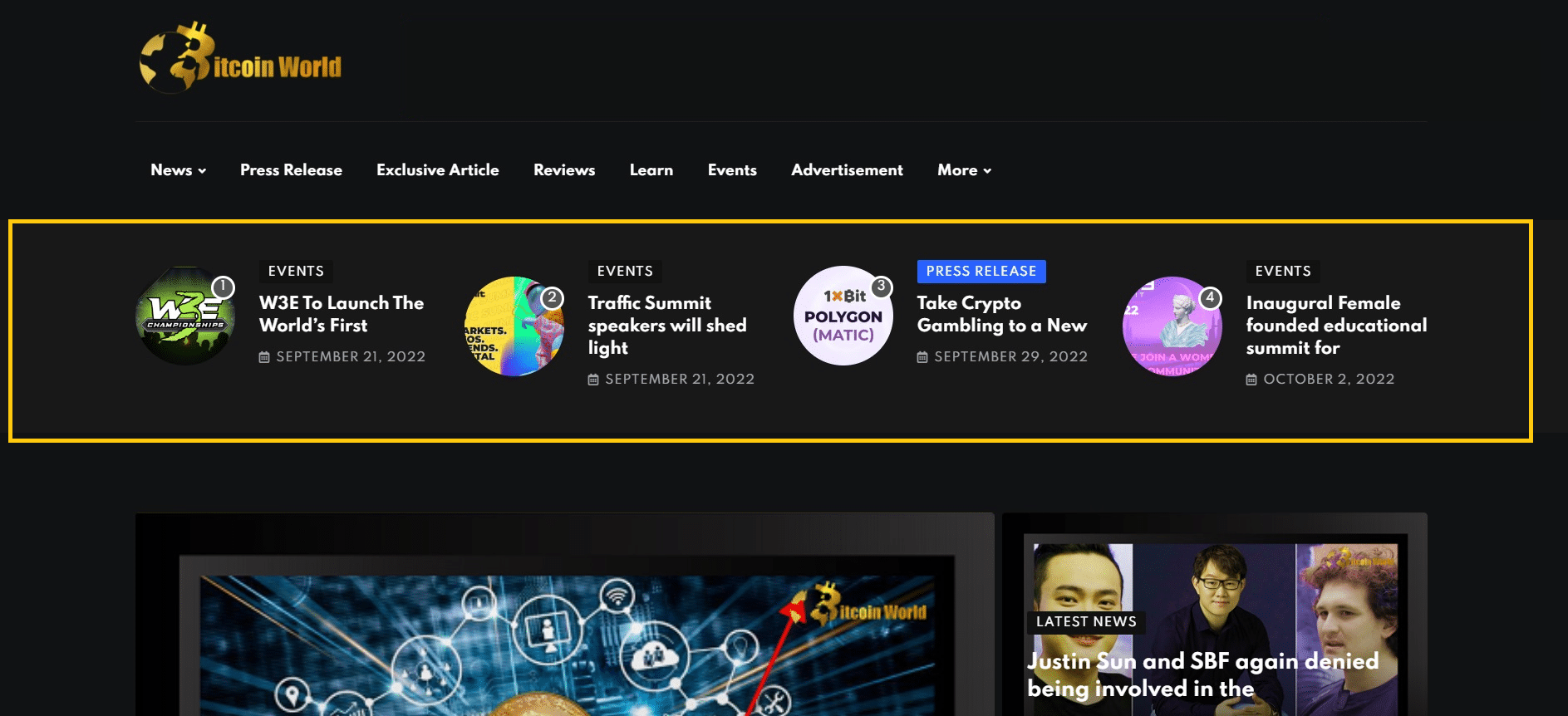Bitcoin Ordinals, a groundbreaking method of generating non-fungible tokens (NFTs) on the Bitcoin blockchain through a process called inscribing, made its debut in January. Recently, activity in Bitcoin Ordinals has seen a significant uptick following the launch of the BRC-69 token standard.
According to data from blockchain analytics firm Glassnode, the number of new inscriptions reached over 3.5 million on Monday, nearly matching the record high of 4 million inscriptions set in early May. This surge reflects a remarkable increase of over 250% since the BRC-69 token standard was introduced by Ordinals launchpad Luminex on July 3. The modified BRC-20 standard aims to reduce the cost of inscriptions for Ordinals by more than 90%.
Luminex explained the benefits of BRC-69 in a Twitter thread, stating, “With BRC69, we can reduce the costs of inscriptions for Ordinals collections by over 90% through a 4-step process: inscribe traits, deploy collection, compile collection, and mint assets.” Luminex further highlighted the simplicity of BRC-69, as minters only need to inscribe a single line of text instead of a full image. This text-based approach allows the final image to be automatically rendered on all ordinals-frontends using solely on-chain resources, thanks to recursive inscriptions.
Despite the surge in new inscriptions, data from Dune Analytics reveals that the daily fees paid for inscriptions have remained stagnant. Bitcoin Ordinals went live in January, bringing the NFT and smart contract narrative to the Bitcoin blockchain and sparking investor interest in tokens like STX, the native token of the Bitcoin layer 2 Stacks Network.
Glassnode categorizes the Ordinals boom into two waves. The first wave, which spanned from early February to late April, was driven by image-based inscriptions. The second wave, starting in May, saw a surge in text-based inscriptions with higher fees.
Glassnode’s weekly report suggests that although the second wave had a significantly higher inscription count, overall activity has been declining since May. While there has been a recent uptick in text inscriptions, unconfirmed transactions across Bitcoin mempools are starting to clear, indicating a stabilization in activity.
The combination of Bitcoin Ordinals and the BRC-69 token standard has unlocked new possibilities for NFT creation on the Bitcoin blockchain, showcasing the ongoing innovation and growing interest in this space.

